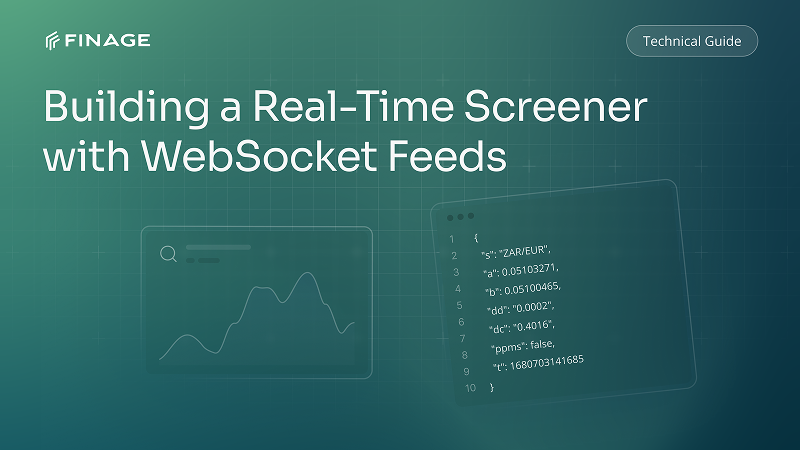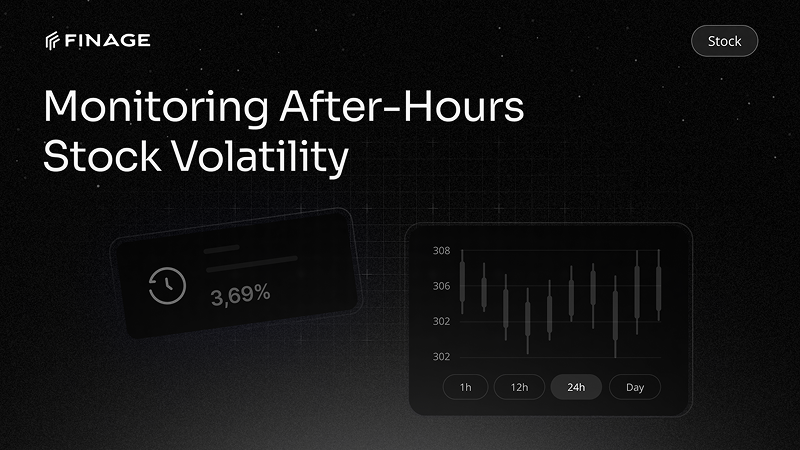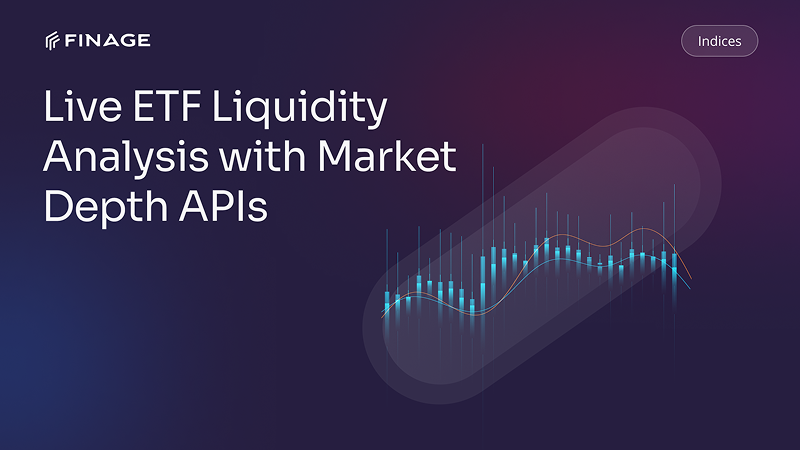How to Make Money with a Volatility Crush
5 min read • December 2, 2022

Introduction
Volatility crush is a sudden and significant decrease in stock market prices. Usually, it happens after a big event or when a legal decision was taken. It sounds negative, but there is a positive side for traders.
You can take advantage of the loopholes and make money off the volatility crush. How? There is a price crash and there is a price rise before it falls down. So let us get into how you can make money during a volatility crush.
Contents:
- Getting into the basics
- What impacts the cost?
- How to trade in the volatility?
- Proper approach
- Case Study
- Adjustment strategy
- Managing risks
- Final thoughts
Getting into the basics
As already stated, the volatility crush, also known as implied volatility or IV, is the significant decrease in the stock after they announce its quarterly or annual results. It is usually a decrease of up to 5 to 10% from the price of stocks.
Before the announcement, there is a high demand for the stocks resulting in the increased price of the stock. About 85% of the company stocks increase before the implied volatility period.
What impacts the cost?
One can find out the option pricing using a mathematical method. There is a mathematical formula based on:
- volatility,
- a type of option,
- underlying stock price,
- time,
- strike price,
- risk-free rate.
When one of the values goes down, the stock price would also go down. In this case, it is better to sell it.
After every 3 months, all companies discuss their quarterly results. Every time after this announcement, there is predicted volatility. Before the announcement, the stock becomes expensive because of the upcoming volatility. This is not a phenomenon that happens once in a few years like the recession, it happens every quarter or with certain regulations. It's clearly predictable.
How to trade in the volatility?
There are 3 ways you can trade profitably using the volatile crush. Following are the types of selling one can do:
- strangles
- straddles
- iron condors
Straddles is an options trading where the call and the put have the same strike and expiration. The strangles, on the other hand, have different strike prices. These strategies would work if the volatility is higher than the implied one.
Otherwise, a loss would incur. The iron condor is another options trading strategy where there are two puts and two calls. All have the same strike prices and expirations. From these 2 puts and calls, one is long and another is short.
Proper approach
As the company is approaching the quarterly announcement, you can sell either a straddle or a strangle shortly before the announcement. Make sure you have the shortest possible time between the selling time and the time the quarterly announcement is made.
Soon afterward the price would decrease, and you have a clear profit because of the high price. The predicted volatility makes the price even more expensive than normal during the period before the quarterly price announcement or other events.
It is better to keep a track of important events, financial changes, crucial decisions, and quarterly/annual results. This technique is popularly known as the “premium-selling”.
Case Study
Let us imagine a company is about to have its results in 30 days. According to the implied volatility rule, the stocks of that company would rise by a big margin. If the original shares are $300 then you can trade at $350 call options.
These options might have about 35 or 40 days to expire. After the results, the stock price decreased to $200, and you have a total profit of $150. You can do that with several stocks from TESLA, J.P. Morgan, or Netflix for example.
Adjustment strategy
There are certain trades that might not follow the usual increase and decrease during the quarterly or annual results announcement. In such cases, a trader has to be ready to adjust to the changes.
With this adjustment strategy, the number of risks is higher, and most experienced traders have reported losses. Only the highly experienced ones can roll the trade to a later expiration. We would not recommend this strategy, especially if you are in the beginning phases.
Managing risks
Every trading has its set of risks, and even the seasoned ones cannot trade without putting a certain part of their earnings or profits at risk. The important thing to remember is to know how much you want to risk and how much you can afford.
Set it up to 1 to 3% if you are just starting options trading. Experienced traders always suggest that anyone who is beginning to set their risk percentage at the very least as possible.
Final thoughts
In short, volatility crush is something that every trader can use to make a significant profit. Options trading is not as complicated as it seems to be. Just follow the daily analysis and don’t cross the risk limit. As a beginner, it is better to trade under an experienced trader and learn the methodologies this seasoned investor is using.
You may even take a course before you start the investment. These courses are usually done by previous seasoned investors and provide tips from their experience. You can also do research, follow statistics and see case studies to learn more. Useful data can help the show and explain all the trading techniques from scratch so that you understand even if you don’t have a financial background. Start trading now!
You can get your Real-Time and Historical Market Data with Finage API key.
Build with us today!
Claim Your Free API Key Today
Access stock, forex and crypto market data with a free API key—no credit card required.

Stay Informed, Stay Ahead
Finage Blog: Data-Driven Insights & Ideas
Discover company news, announcements, updates, guides and more


